You just implemented Semarchy as Master Data Management and you are faced with one of the first questions a developer has to ask: what entity type should I choose for each of my data objects? Should I choose a basic entity, an ID matched or a fuzzy matched? And what impact might this have on the development of my data model? Let’s figure it out together and learn how to choose your entity type wisely.
First, no worries, nothing is immutable… but once you have chosen your entity type, you definitely want to avoid changing it, as this requires time and has an important impact. Choosing an entity type has specific repercussions on the way you manage your data, the consolidation process and the rules you can implement later, so let’s ensure we make the right choice from the start.
Step 1: Understand what entity types are really about
In Semarchy you can choose between three types of entities: basic, ID-matched or fuzzy-matched. You can find all the details of the functionalities that each one has in the “Entities” section semarchy documentation.
As a summary, this table of the different entity types will give you a clear and synthetic view of the main aspects.
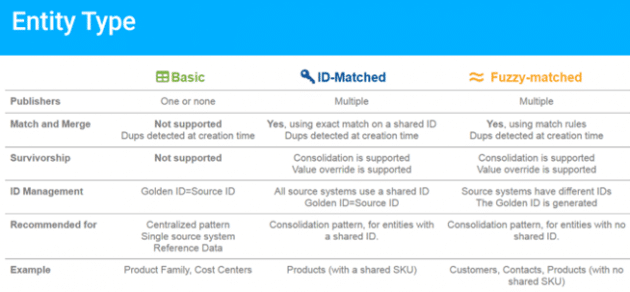
Figure 1: Overview of the entity types. ©Semarchy
Step 2: Learn about the impact of choosing one type of entity over another
In terms of the data validation process, choosing a basic, ID-matched or fuzzy-matched entity has also some impact regarding the tables created and the data quality checks you will be able to manage.
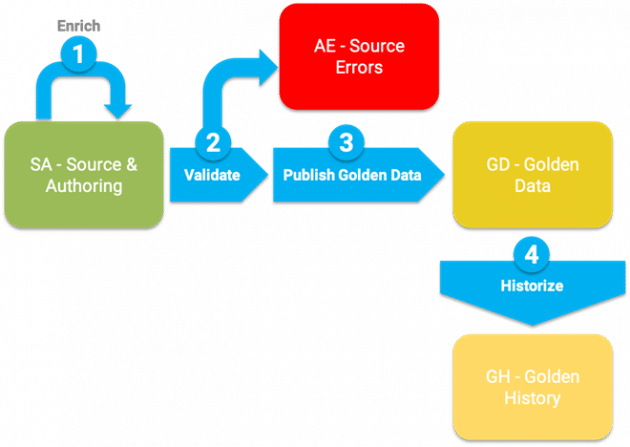
Figure 2: Certification process for basic entities. ©Semarchy
Repercussions are well described in the semarchy documentation in the “Data Certification” section
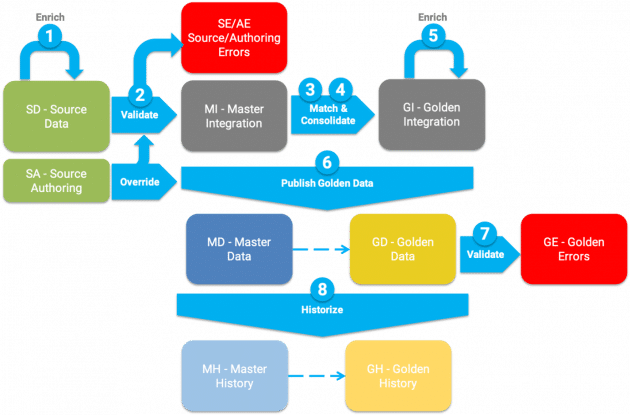
Figure 3: Certification process for Id match & Fuzzy entities. ©Semarchy
Step 3: Ask yourself the right questions about your data
Sometimes, considering only the technical capabilities is not enough to make a wise choice and you need to consider the nature of your data, the evolving applications’ ecosystem of your company and the future business needs, to name a few.
Consider the additional elements below before making your choice. Please note that the ID-matched is rarely used in practice and is easier to determine if appropriate, which is why we will consider choosing between a basic or a fuzzy-matched entity in this example.
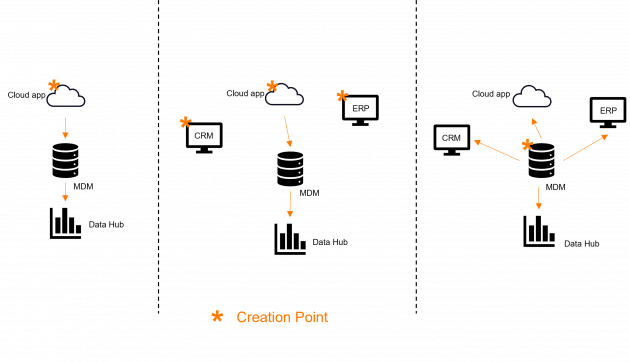
Figure 4: Examples of architecture position for the MDM
1. How many data sources do I have?
How many applications are the point of creation for my data?
- Data will be created only in Semarchy
- One
- >1
2. How often is my data updated and does it change over time?
- By nature, my data evolves often
- It does not change a lot and can be done manually
- It is not intended to change
3. What is the nature of my data?
- Transactional data (related to transactions, stored in a fact table)
- Dimension data (describe or categorize data)
- A list of values, sourced from a trusted third party (an iso norm for instance) or could be validated by a data owner.
4. What is the data life cycle of the records and what position should have Semarchy in the architecture’s enterprise?
- Enhance/enrich data from a single source (Figure 4: left)
- Central point to consolidate data (Figure 4: center)
- Creator of reference data records (Figure 4: right)
5. How will the entity and its data sources evolve in the future?
- May incorporate new data source(s), and need multiple data sources to co-exist
- May incorporate a new data source but only one will be valid at a time
- It is a reference data, managed manually or from one source
Step 4: Choose your entity type
Now that you have a better understanding of the ecosystem and key elements of your data, let’s go back to the set of questions with guidance on the entity to be chosen based on your answers.
Figure 5: Guidance table: Choosing Your Entity Type
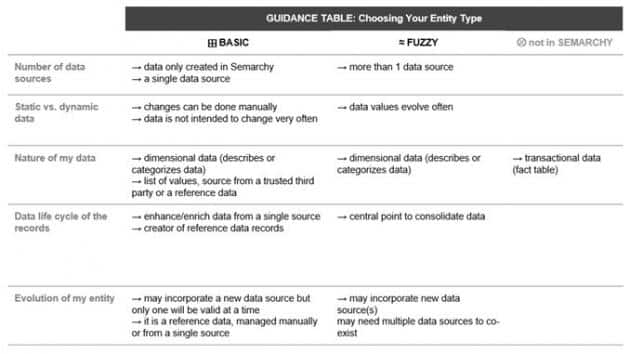
Questions to ask before choosing an entity type in Semarchy:
Pick an entity you want to implement in Semarchy and answer these five questions to better understand your data and its ecosystem. This is an essential step in making the most suitable decision.
1. How many data sources do you have?
- Data will be created only in Semarchy
(Candidate for basic entity) - Only one
(Candidate for basic entity) - >1
(Candidate for fuzzy entity)
2. How often is my data updated and does it change over time?
- By nature, data values evolve often
(Candidate for fuzzy entity) - It is does not change a lot and can be done manually
(Candidate for basic entity) - It is not intended to change
(Candidate for basic entity)
3. What is the nature of the data?
- Transactional data (fact table)
(These records may not need to be implemented in an MDM?!) - Dimension data (describe or categorize data)
(Could be either one of the 3 entities…) - A list of value, sourced from a trusted third party or a reference data
(Candidate for basic entity)
4. What is the data life cycle of the records and what position should have Semarchy in the architecture’s enterprise?
- Enhance/enrich data from a single source (Figure 4: left)
(Candidate for basic entity) - Central point to consolidate data (Figure 4: center)
(Candidate for fuzzy entity) - Creator of reference data records (Figure 4: right)
(Candidate for basic entity)
5. How will the entity and its data source evolve in the future?
- May incorporate new data source(s), or need multiple data sources to co-exist
(Candidate for fuzzy entity) - May incorporate a new data source but only one will be valid at a time
(Candidate for basic entity) - It is a reference data, managed manually or from one source
(Candidate for basic entity)


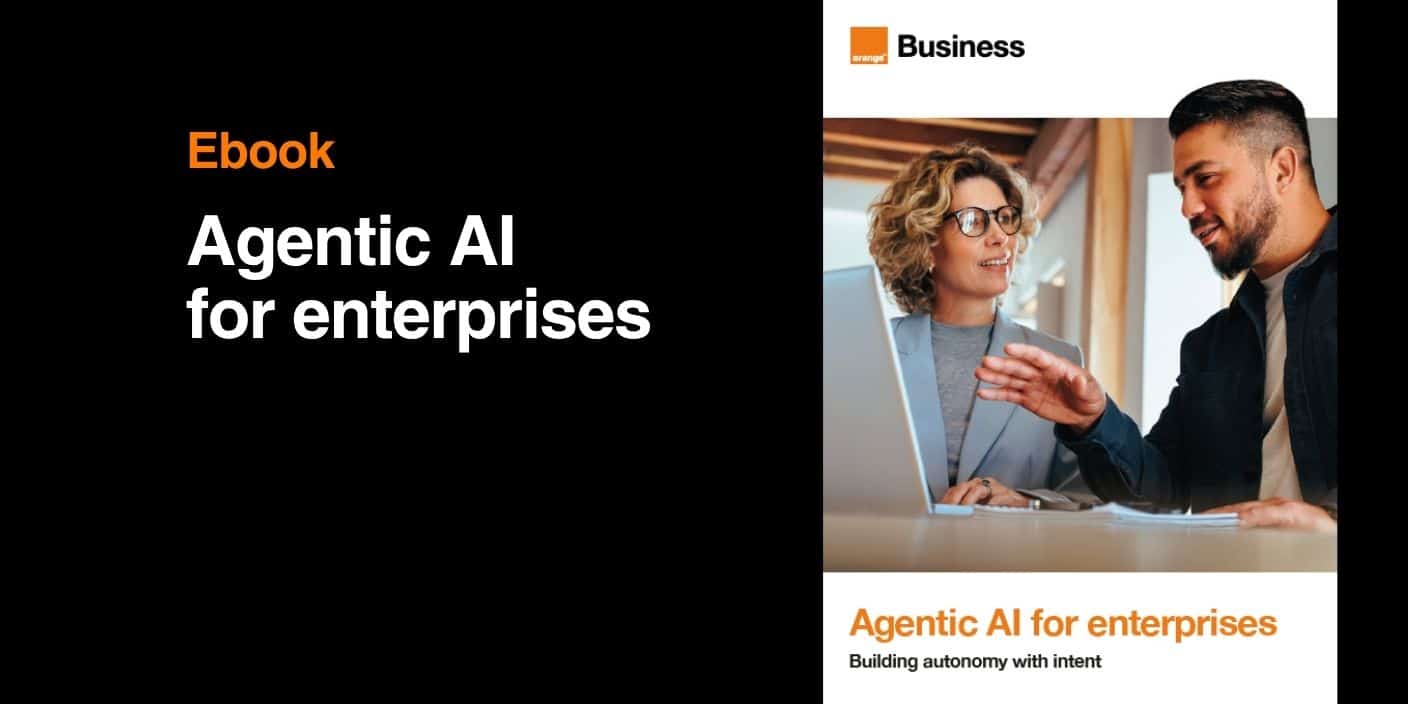










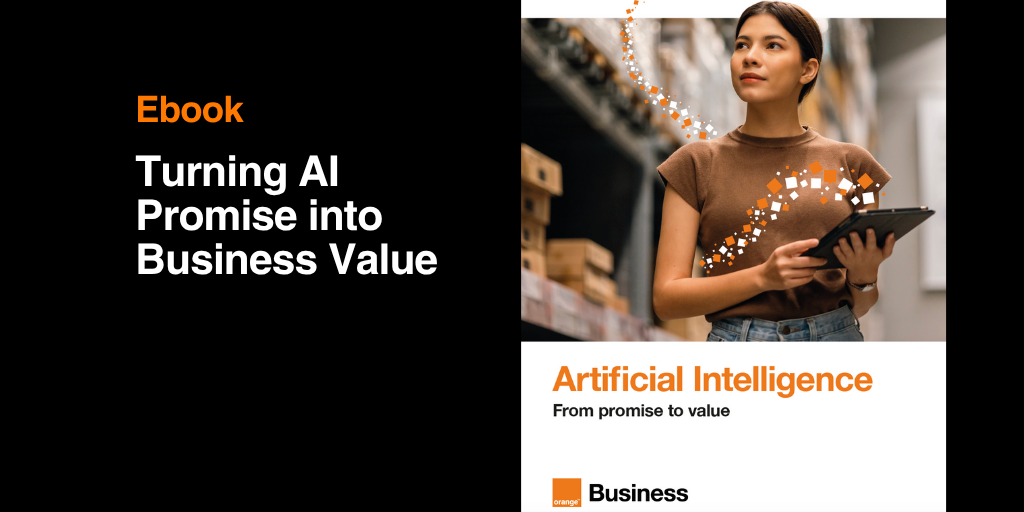
Comments (0)
Your email address is only used by Business & Decision, the controller, to process your request and to send any Business & Decision communication related to your request only. Learn more about managing your data and your rights.